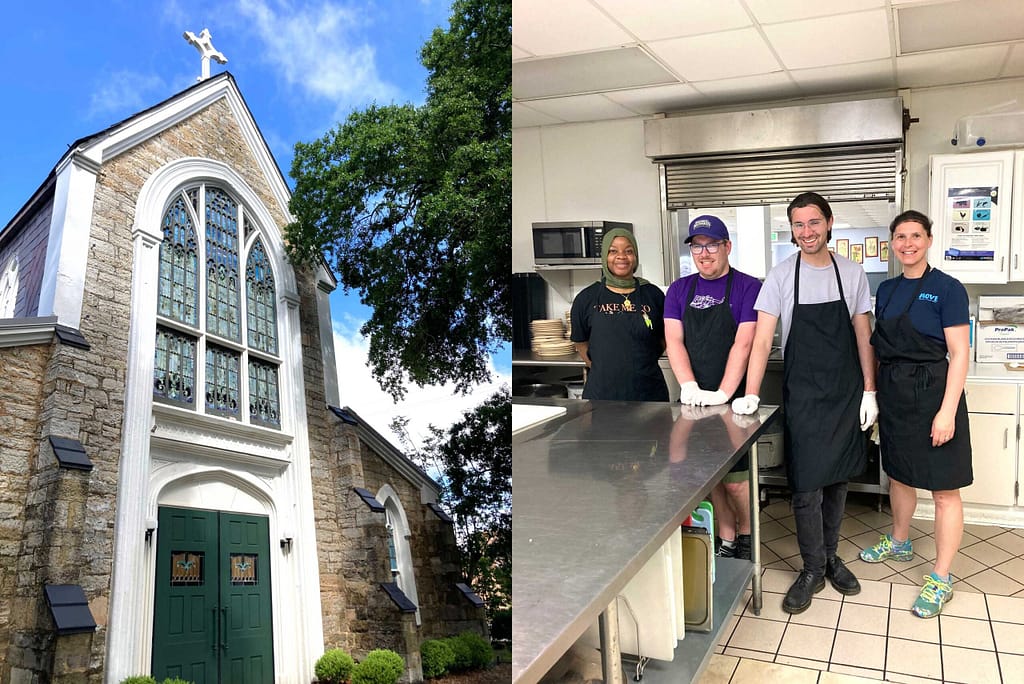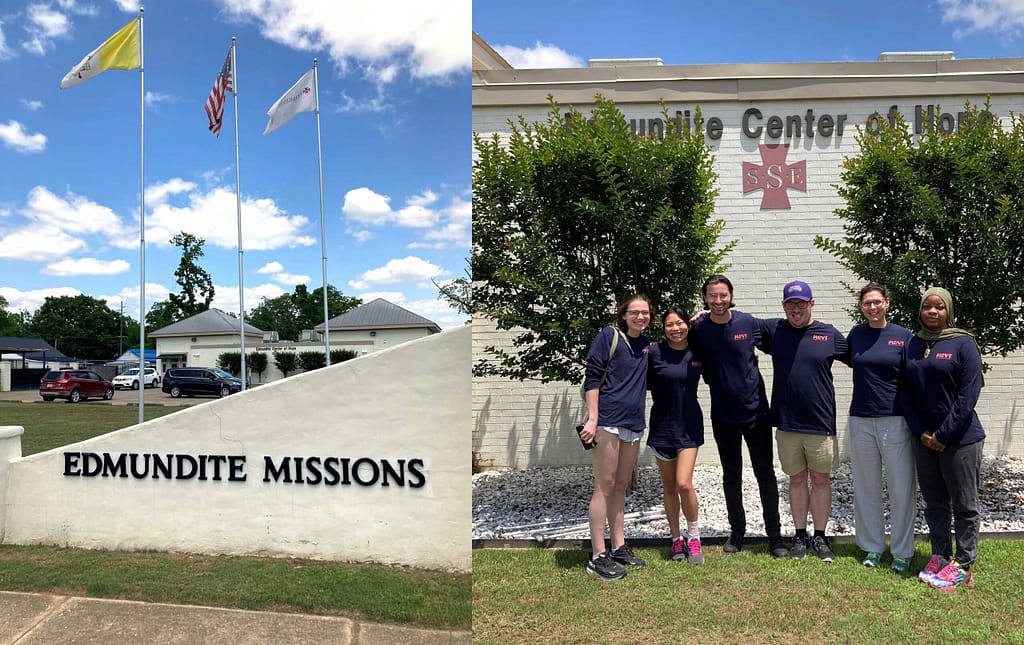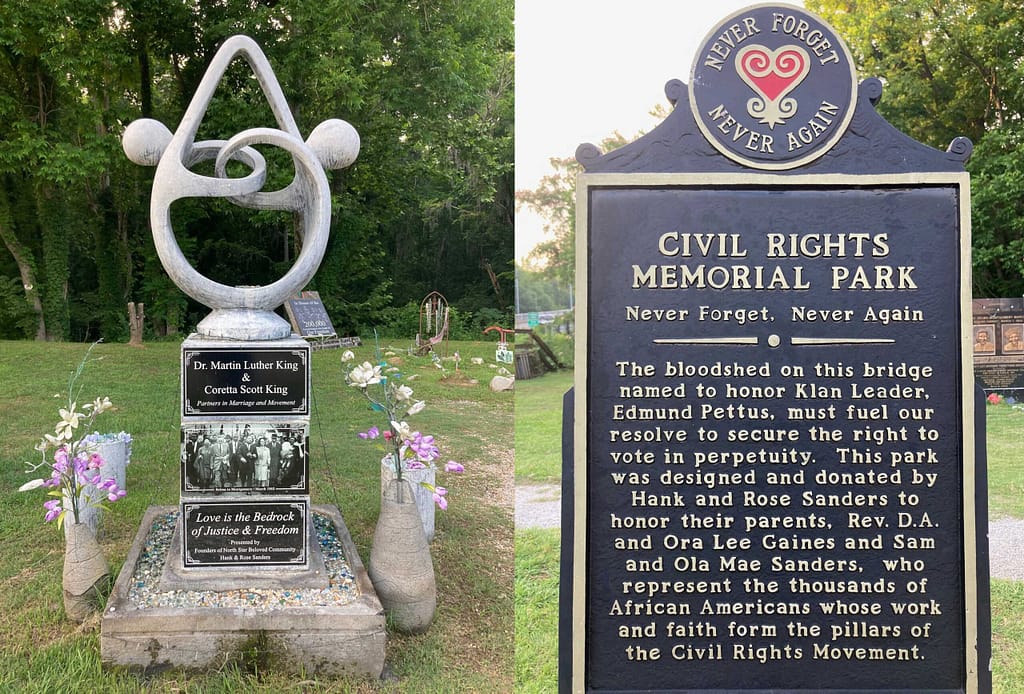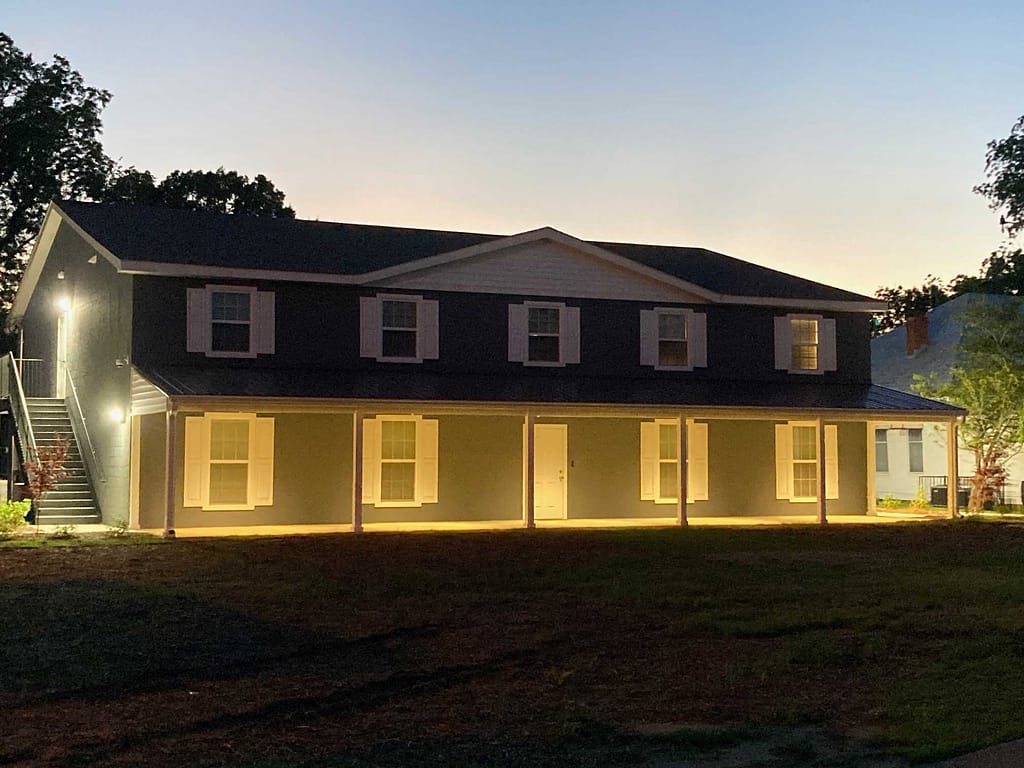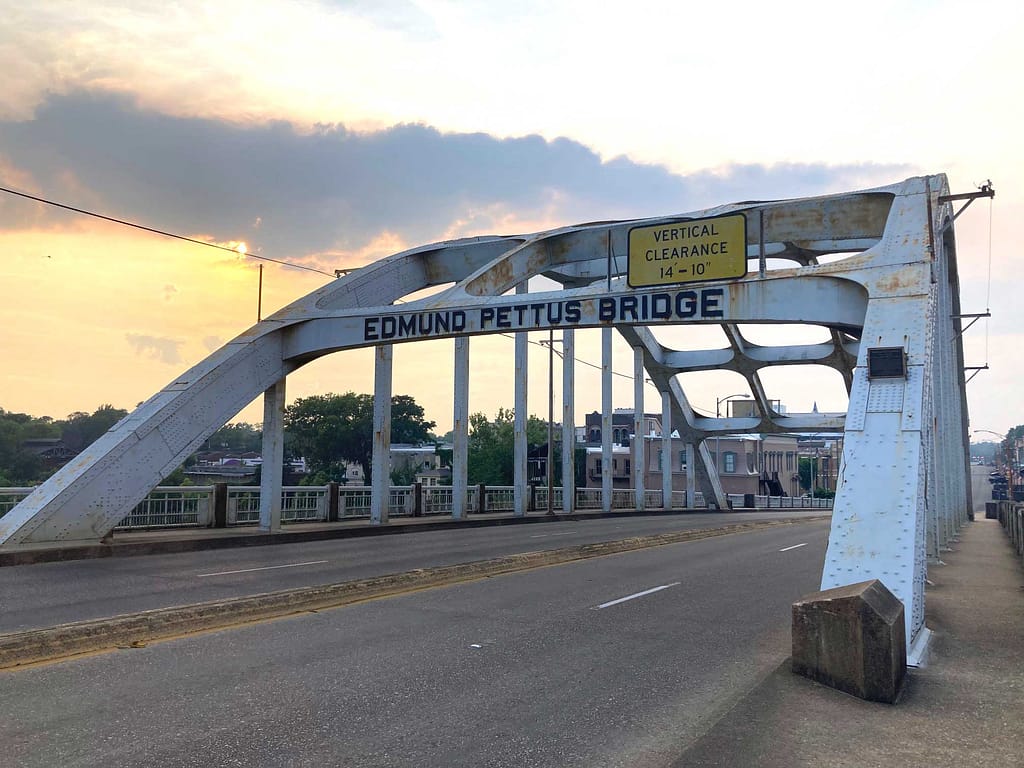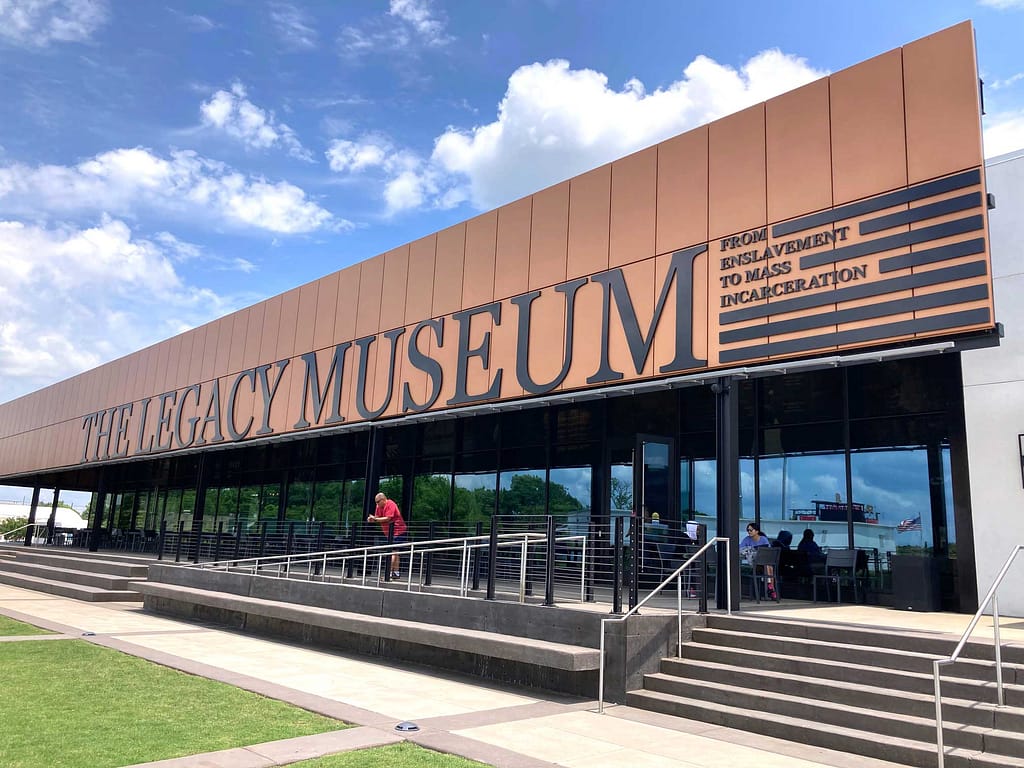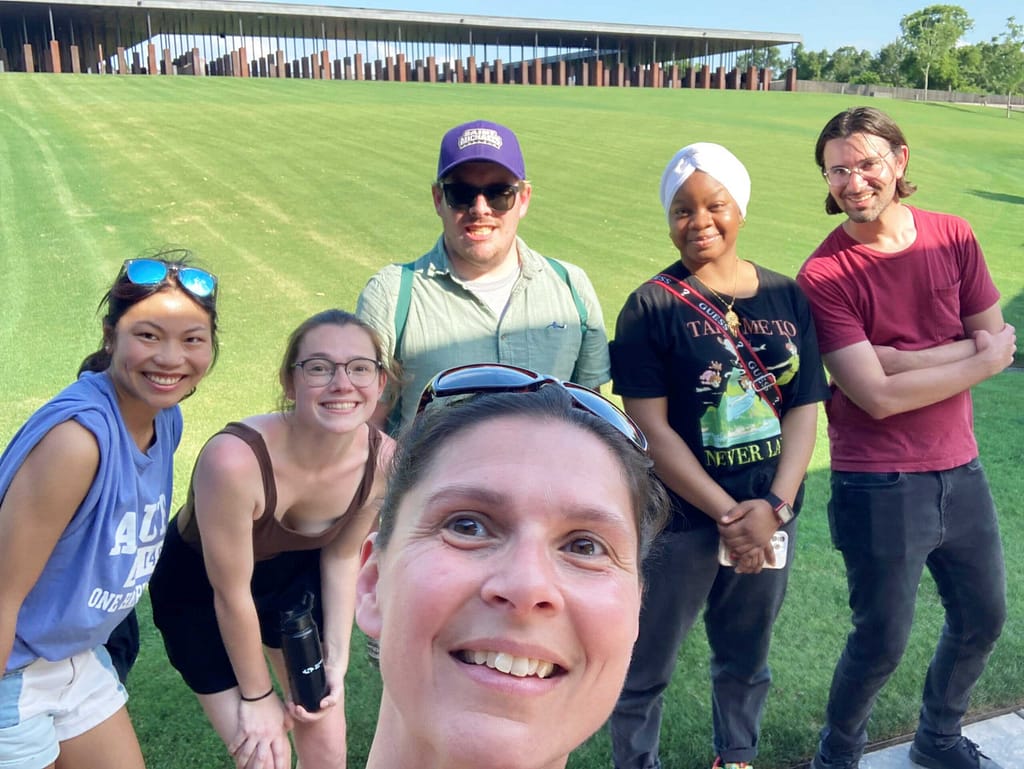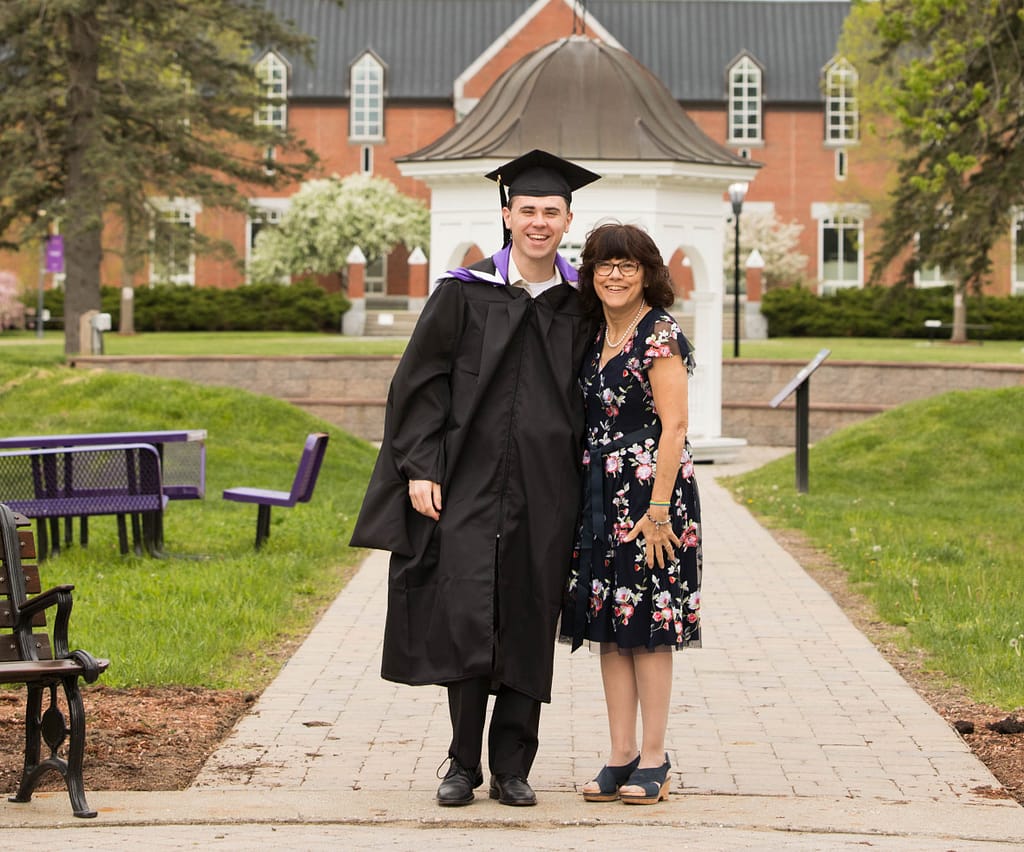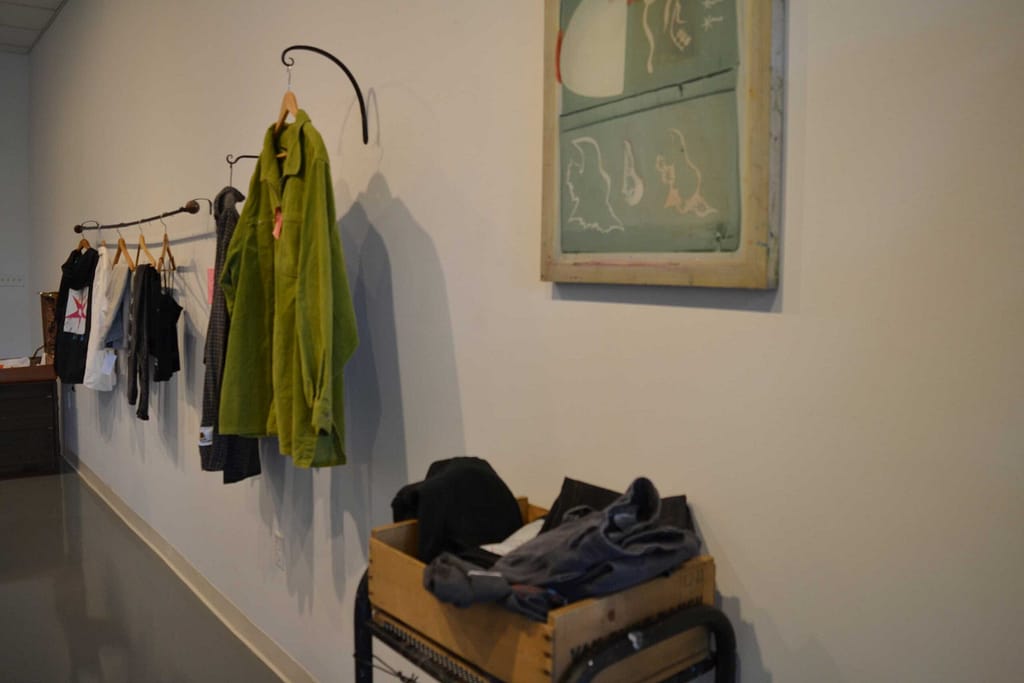MOVE returns from Benson, VT, and historic trip to Selma, AL
Saint Michael’s community service organization MOVE (Mobilization of Volunteer Efforts) offers two service trips at the end of May each year for students and members of the faculty and staff.
A group of six people from Saint Michael’s recently returned from Selma, Alabama, where they volunteered through the Edmundite Southern Missions. Another group of seven people drove to Benson, Vermont, and partnered with Mercy Ecospirituality Center. The Benson trip began three years ago as a silver lining to COVID-19 when Saint Michael’s wanted to offer a service trip in-state.
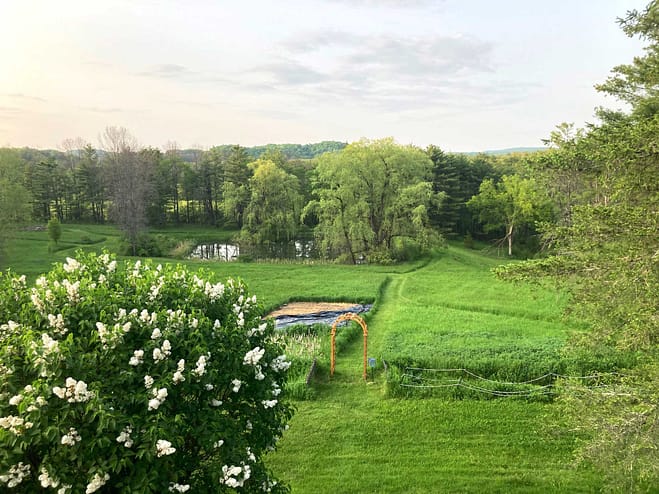
Mercy Ecospirituality Center in Benson, Vermont
This year, the annual service trip to Selma was more special than usual. A few weeks before the Saint Michael’s group arrived in Selma, the Society of St. Edmund and the Edmundite Missions had celebrated the completion of a new dormitory called the Casey Center. Saint Michael’s volunteers were the very first to stay in the Casey Center, which will house volunteers from colleges, universities and other groups traveling to Selma to volunteer with the Edmundite Southern Missions.
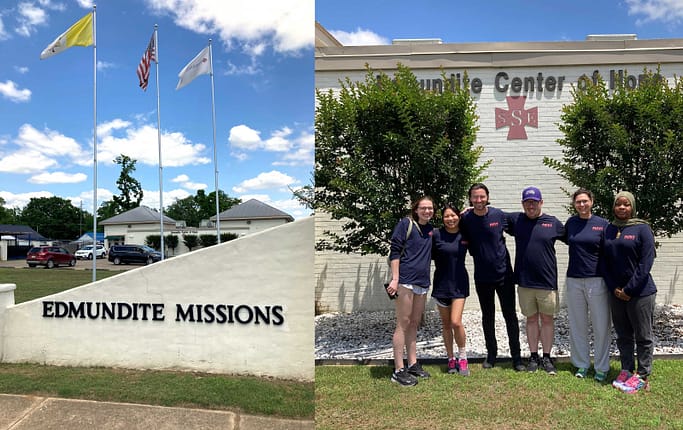
Selma, Alabama
Fr. Brian Cummings SSE ’86 wrote in an email that the experience of staying in the Casey Center, “is a historic moment for both Saint Michael’s College and the Edmundite Missions.” Cummings currently serves as the Director of Edmundite Campus Ministry and as Chairman of the Edmundite Missions’ Board of Directors.
“I am very happy that the first group to use this new facility on the campus of the Missions is our own MOVE program,” Fr. Cummings wrote.

The Casey Center in Selma
Lara Scott, Director of MOVE, said the new Casey Center was “beautiful” and within an easy walk of the three Edmundite sites Saint Michael’s serves while in Selma. These include the Bosco Nutrition Center, a soup kitchen that serves multiple meals in-house and distributes meals to other locations around Selma as a food access program; the Bullock Center in Selma, a community center that houses a gym, yoga and Pilates classes, youth basketball and more; and an education center that offers afterschool care and activities programming for children during the school year as well as camp during the summer.
Scott said when it comes to Catholic social teaching “the Selma trip is really invested in solidarity and dignity of the human person, and those are exactly two of the elements of Catholic social teaching that MOVE stands on 150%.”
Members of the Edmundite Missions give each volunteer group a tour of Selma to show where the Edmundites’ impact has been, landmarks in Selma, as well as a presentation about the Edmundite Missions that includes statistics about racial injustice, inequity, and poverty.
“There is so much history in Selma and in Montgomery and we very purposefully create space during the week to do some learning and awareness-building,” Scott said.
The Saint Michael’s group included Cassidy McNamara ’25, Teagan McCaffrey ’24, and Arbai Muhina ’27, as well as Fr. Michael Carter SSE ’12, and staff leaders Anthony Bassignani ’13 and Scott. The group spent a day in Montgomery to visit the Legacy Sites, and learn about the history of slavery, mass incarceration, the civil rights movement as well as the people who contributed to social change in the United States.
They pursued more awareness-building in Selma. They visited Brown Chapel African Methodist Episcopal Church where Martin Luther King, Jr. famously preached and where 600 Black protestors gathered outside of to march from Selma to the state capital in Montgomery on Bloody Sunday, the first march for voting rights in 1965. The group also visited the Edmund Pettus Bridge six blocks from the Chapel, which was the site of the brutal Bloody Sunday beatings of the 1965 civil rights marchers.
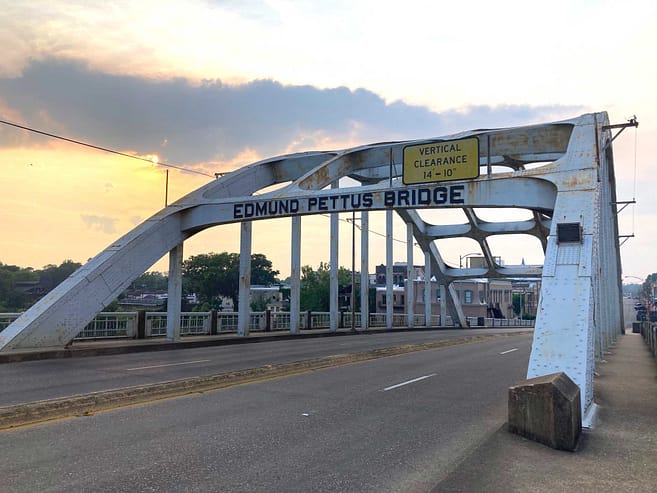
Edmund Pettus Bridge in Selma
“There’s a ton of history in addition to the service that we’re doing,” Scott said. “I think regardless of what laws are on the books around segregation or racism, the lived experience of people can be very different.”
Scott explained that one of the group’s Edmundite Missions contacts shared that while most Selma residents are Black, the power that exists in Selma continues to be with the white community in terms of economic and political power.
“You watch that play out in Selma when you look at graduation rates, when you look at employment rates, when you see the food insecurity numbers,” Scott said.
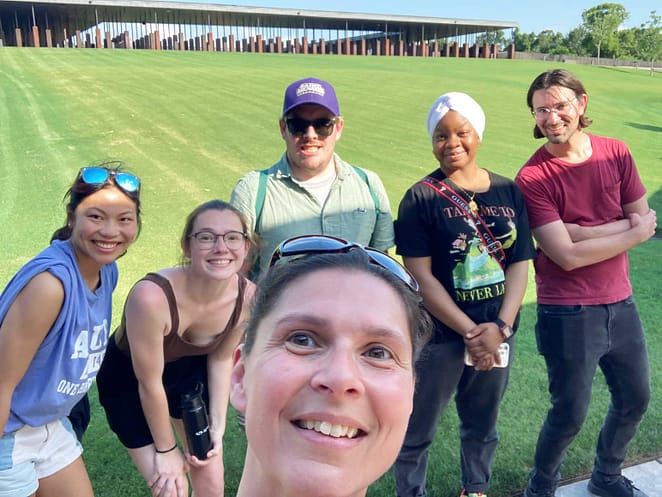
The Saint Michael’s group in Selma
“A huge part of the work that we do (in MOVE) is about sharing a story forward,” Scott said. “Sharing stories keeps the lived experience of people alive.”
She added, “Selma feels very familiar to me. I don’t know why. There’s so much pain and loss and lacking in that community from the standpoint of material possessions and there’s a genuine joy and a hope.”
“A huge part of the work that we do (in MOVE) is about sharing a story forward. Sharing stories keeps the lived experience of people alive.”

